






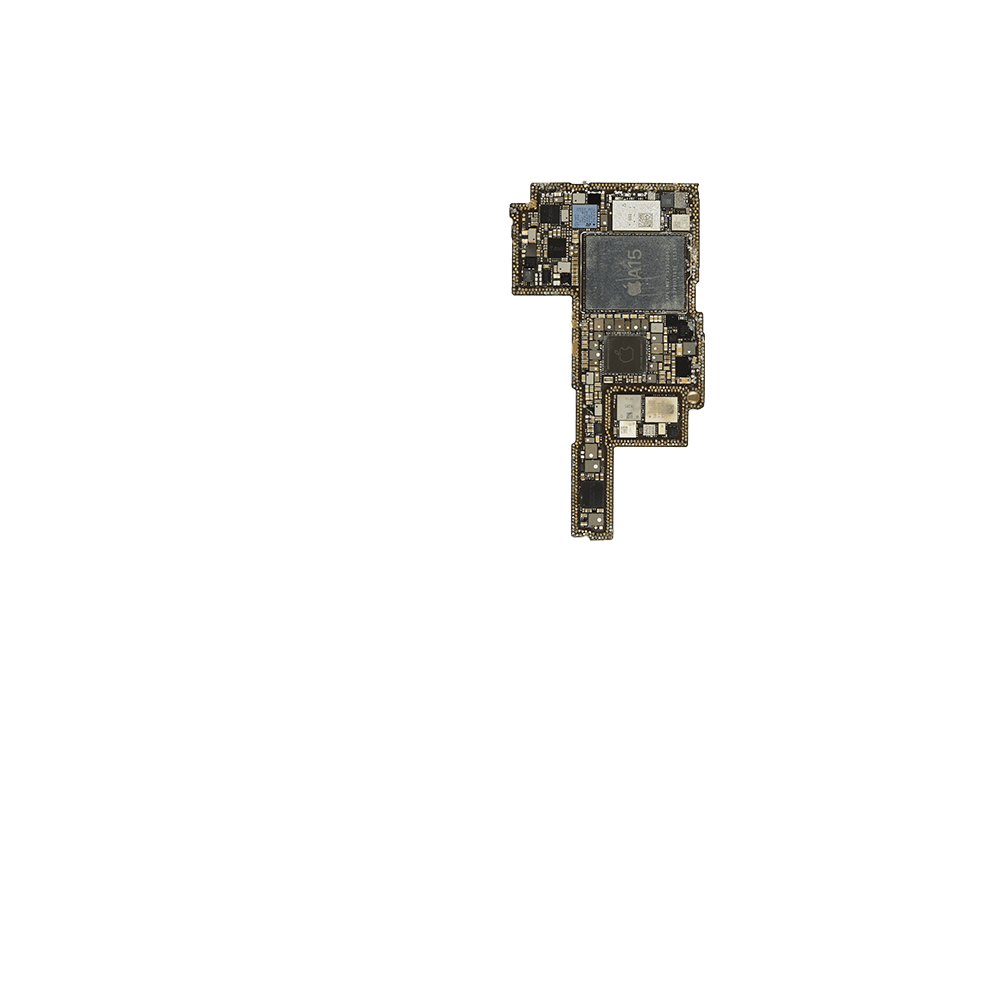
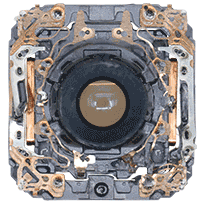
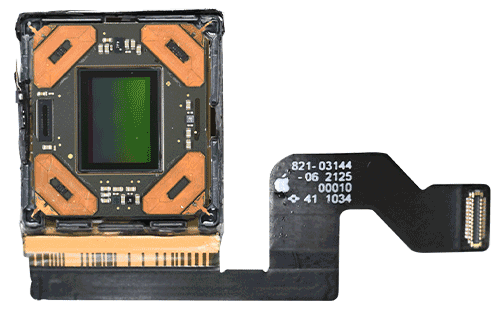
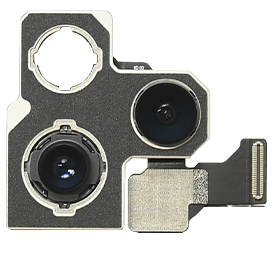
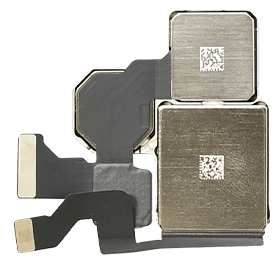




iPhone 13 Teardown
Battle for performance pushes component prices skyward

Nikkei and the Financial Times, in collaboration with teardown specialist Fomalhaut Techno Solutions, took apart the latest top-end iPhone model, the iPhone 13 Pro Max. The teardown found that Apple is likely sacrificing profit margins to improve performance in the face of intense competition with rivals. The total price of components was 2.5 times higher than 10 years ago, exceeding the 60% increase in the device’s retail price. The price of the camera shot up tenfold, while its semiconductors have tripled in price. The phone’s use of recycled materials has also increased, highlighting Apple’s focus on environmental concerns.
$105 Samsung display
The Pro Max has adopted Samsung Electronics’ OLED. The cost of the display is about $105 – more expensive than any other part. The display is covered with Corning’s ceramic shield glass, as in the case of its predecessor. The glass, developed by the American producer jointly with Apple, is highly resistant to shocks and breakage.
Rear camera
– the main feature
The Pro Max has three cameras, each with a specific function -- telephoto, wide angle and super-wide angle. The telephoto camera is equipped with a 3x optical zoom as well as macro-shooting functions that enable the user to take photos from as close as 2 cm from the object. Sony Group maintains a dominant share for image sensors, or the “retinas” of the cameras. The cost of the camera module is estimated at $77. The size and price of the modules have risen.
Optical image stabilization
The image stabilization system reduces blur by allowing the lens to shift in line with delicate movements. The module enables the user to take photos even in the dark.
Sensor-shift for further stability
Apple has adopted another system for stability that moves the image sensor in the wide-angle camera. The camera remains shock-resistant although the lens has become bigger and heavier. A magnet and a coil are used, and the image sensor is moved by passing an electric current through the coil.
LiDAR sensor
enables AR functions
The LiDAR sensor determines the distance from an object and its shape by using an invisible laser beam. While the technology is used in self-driving vehicles, it has become applicable to smartphones thanks to a fall in the prices of parts. It can also be used to take photos in the dark and in smartphones’ augmented reality systems. Apple introduced the sensor in the iPhone 12 Pro series for the first time.
Motherboard
- minimalistic design
The motherboard is small, occupying about 15% of the handset’s total area. Compared with other manufacturers’ smartphones, an iPhone packs in more components in a small circuit board, reflecting the minimalist approach that Apple founder Steve Jobs favored. To increase sophistication, Apple has adopted its own space-saving technologies.
Japan-made flash memory
The Pro Max uses Kioxia’s flash memory to store photos, videos and other data. Although South Korean companies such as Samsung Electronics are strong in flash memory chips, Apple has adopted the Japanese semiconductor manufacturer's product.
The brain behind the motherboard
The A15 Bionic, designed by Apple, is used as the main semiconductor – or brain – of the Pro Max. The chip is made using 5-nanometer technology, the most advanced production tech currently in use for smartphone chips. At $45, the A15 Bionic accounts for 10% of the total cost of the phone. Apple started designing its own semiconductors optimized for the iPhone working to further improve its performance.
Qualcomm maintains strong presence
The Pro Max, like its predecessor, features a 5G modem chip designed by Qualcomm. Although Apple acquired Intel’s modem business in 2019 and has since been accumulating its own technologies, Qualcomm appears more highly regarded now. The American maker’s chips also used in smartphones produced by Xiaomi and Samsung.
Battery by China's Sunwoda
The phone’s lithium-ion battery capacity is 20% higher than the previous model. Sunwoda Electronic of China reportedly manufactures the battery. Sunwoda makes batteries not only for smartphones and tablets but also cars. Although the U.S.-China trade friction shows no signs of ending, Apple continues to rely on products made in China, whose manufacturers are cost-competitive.
Stronger adhesive presents challenge to teardown
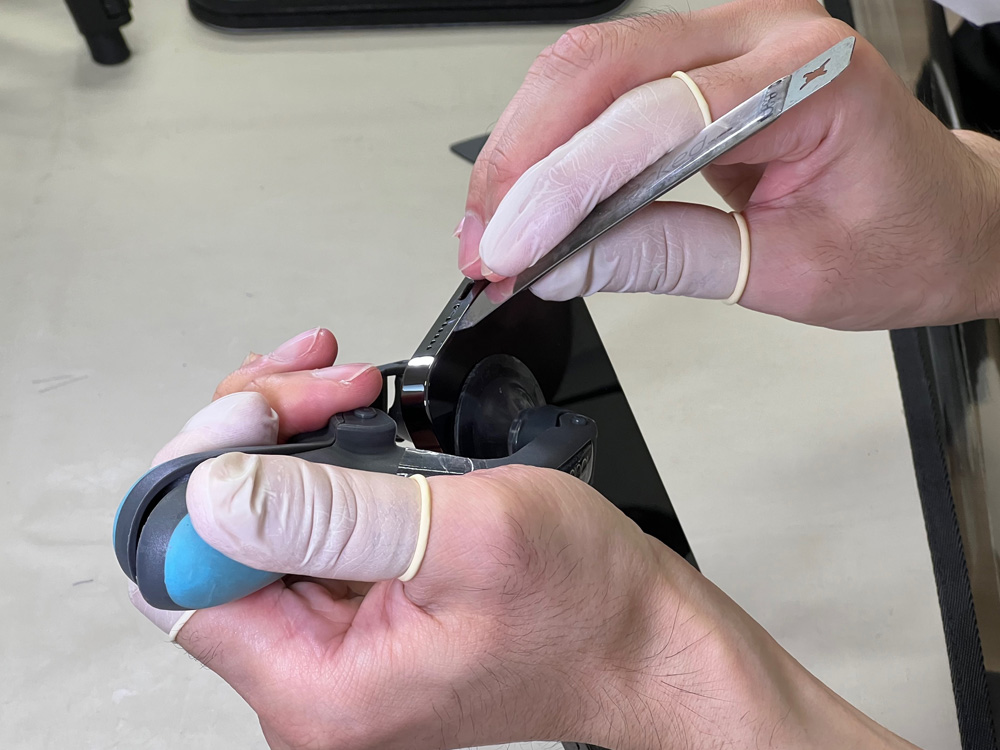
The most difficult part of the teardown was to separate the display from the body of the phone. In an ordinary teardown, the handset is warmed to soften the adhesive after the display is unscrewed from the body. The components are then separated using a suction tool. Newer iPhones -- the iPhone 12 and 13 series -- hold together more firmly than older handsets, probably to enhance their water resistance.
Display accounts for 20% of the cost, camera 17.6%
The teardown reveals that the display is the most expensive component, at $105, followed by the camera module at $77 and the main semiconductor at $45. The cost of Pro Max, estimated by adding the cost of the components, is $438, or 36.5% of the handset’s retail price.
How much of Apple's own technology is inside?
Apple began powering its iPhones with its own custom built chips in 2010, with the iPhone 4. The iPhone 13 Pro boasts its latest A15 Bionic processor.
Apple began designing its own power management chip (PMIC) in 2017, and in 2018 bought the power management chip business of its major supplier, Dialog. The iPhone 13 Pro has PMICs from Qualcomm and STMicroelectronics, but three from either Apple or Apple/Dialog. In 2019 Apple spent $1 billion to buy Intel’s modem business –adding 2,200 employees so future phones can displace Qualcomm’s 5G cellular technologies in-house tech.
How easy is it to repair the iPhone 13 Pro?
Despite its commitments to sustainability, Apple has made it increasingly difficult to repair an iPhone.
Since the iPhone 12, it has been impossible to swap major components from one iPhone to another, since each part now has its own serial number and the phone can tell if it has been changed. When Hugh Jeffreys, a "right to repair" campaigner, swapped the logic boards of two iPhone 13 Pros, the camera became unstable, Face ID recognition ceased to work and there was no True Tone colour adaptation.
Just opening the iPhone 13 requires opening picks, a suction cup and a heat gun or pad. Experts have noted that Apple now uses an increasingly complicated selection of custom parts, such as screws that do not conform to standard screwdrivers.
“The most anti-consumer slap in the face” Apple introduced was for the iPhone 5, when it began permanently fastening the rear-glass to the phone, according to Zach Nelson, who tears apart iPhones on his Youtube channel JerryRigEverything. If the glass breaks out of warranty, Apple’s repair charge is up to $599 for the iPhone 13 Pro Max.
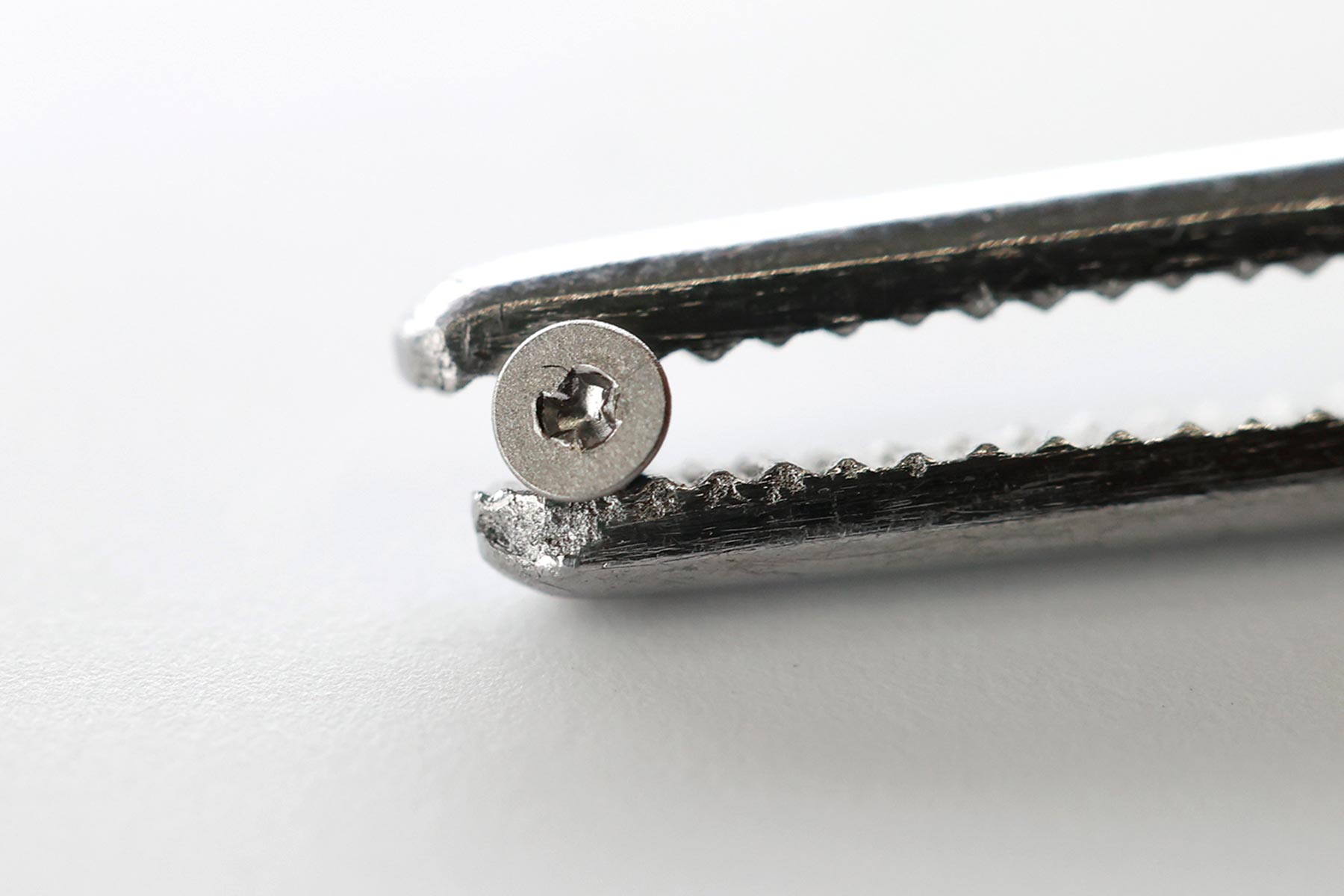
Is the iPhone 13 Pro more environmentally friendly?
Apple says the iPhone 13 Pro is the first Apple product to use 100 per cent recycled gold in the plating of its main logic board. The iPhone 12 was the first phone made with recycled tungsten. The iPhone 11 was the first phone to use recycled rare earth elements in its magnets. The iPhone XS used 35 per cent recycled plastic in its speaker enclosure and 32 per cent bioplastic in its cover glass frame.
Profit margin is high, thanks to Apple’s brand power
Comparison with other smartphones
| Maker | Apple | Sony | Xiaomi | Samsung Electronics | Huawei | ||
|---|---|---|---|---|---|---|---|
| Model | iPhone13 ProMax (256GB) | iPhone13 (512GB) | Xperia 1 III | Mi Mix Fold | Galaxy Z Fold3 | Pixel 5 | Mate40E |
| Cost-to-retail-price ratio (in percent) | 36.5 | 37.1 | 37.9 | 38.5 | 39.4 | 44.9 | 51.0 |
| Cost (in dollars) | 438 | 407 | 493 | 601 | 710 | 314 | 367 |
| Price (in dollars) | 1199 | 1099 | 1300 | 1560 | 1800 | 699 | 720 |
| Launch date | Sept, 2021 | Aug, 2021 | April, 2021 | Aug, 2021 | Oct, 2020 | March, 2021 | |
The total cost of the components inside smartphones has risen as the devices become more sophisticated. The iPhone 13 Pro Max’s cost ratio of 36.5% is relatively low compared with Samsung’s 39.4%, 51.0% for Huawei Technologies and 44.9% for Google’s, suggest-ing that Apple relies heavily on the strength of its brand for its profitability.
Change in cost-to-retail-price ratio versus previous models
* As cost data for the iPhone 5 are given in yen, the cost was calculated at an average exchange rate of 80 yen to the dollar in 2011.
* iPhone 12 Pro Max and later models no longer come with a power charger and earphones.
The cost of iPhone components has gone up sharply over the past 10 years. When the 4s came out a decade ago, the total cost of its parts was equal to roughly 23% of the device’s $749 price tag. By comparison, the latest flagship model is priced at $1,199 -- and the component cost ratio has risen to 36-40%. This reflects Apple's strategy of using the latest, most advanced components in its premium devices. For example, the total cost of camera parts for the 13 Pro Max is more than 10 times that of the iPhone 4.
